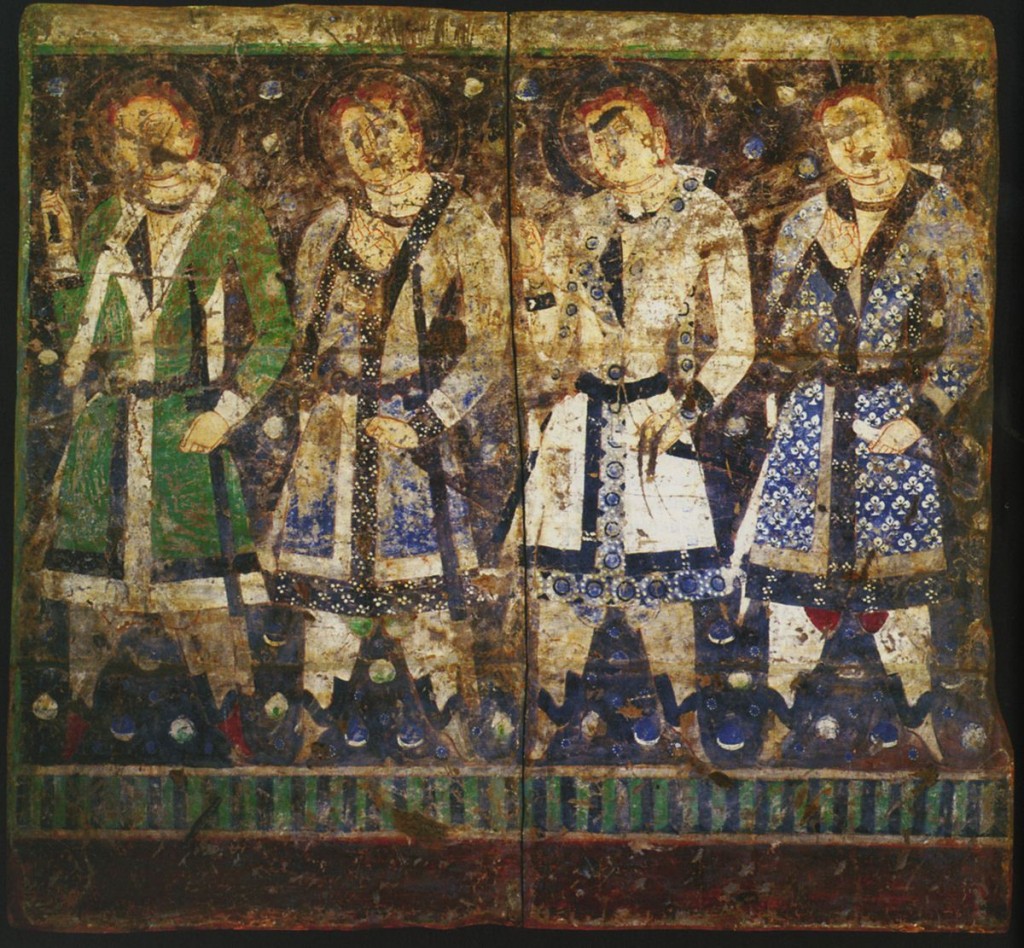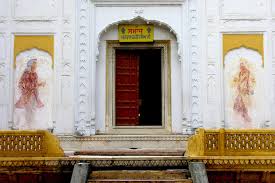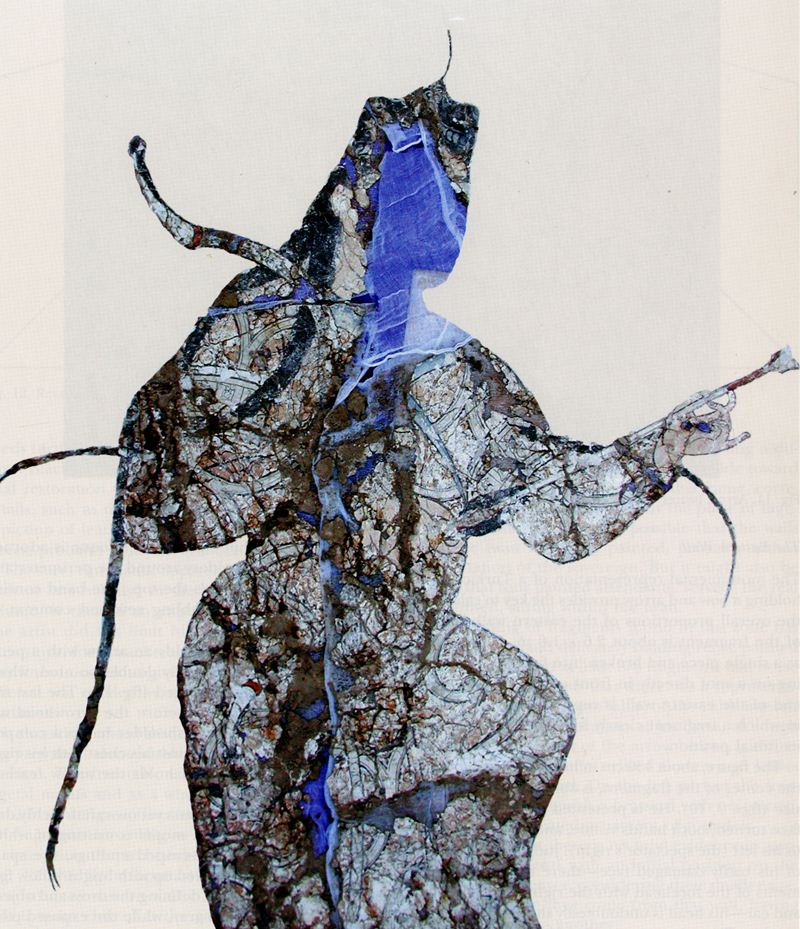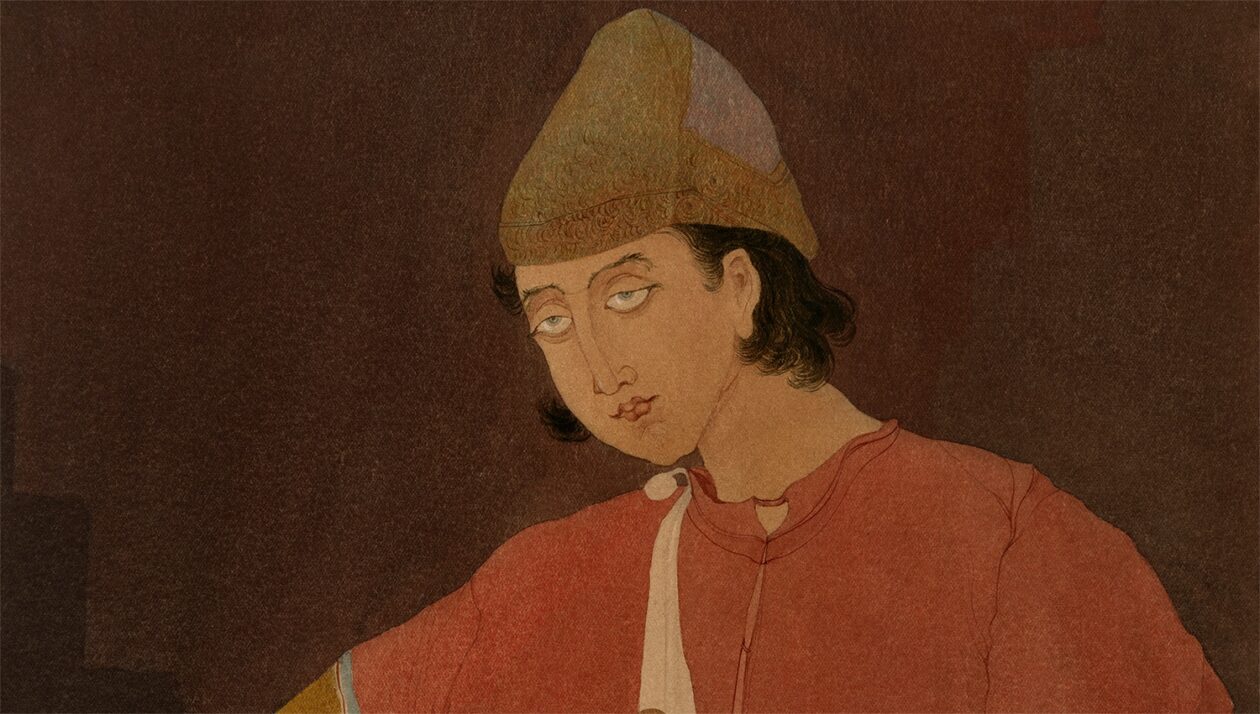CENTRAL ASIAN BUDDHIST TRADITIONS
AND ISLAMIC CONTINUATION OF WALL PAINTING
MUSLIM WALL PAINTING MEETS THE TEST OF TIME

In all cases the Artists of Central Asia were Masters and all things in their hands exquisitely done. Frescoes that are found on the Silk Route speak volumes of their creativity. In fact many of these works remain unstudied and are being looked upon by scholars in new perspectives. The Ajanta and Bagh caves fall in the same tradition of these Masters who came from abroad and were not sprung from depths of here. Cave paintings in Afghanistan were discovered by archaeologists and are spread over a long time. One tradition in the whole area. Locally addicted to stone sculpture, the citizens were not fond of painting over Choona lime background, and considered it not of long life. And yet these caves and their paintings lasted over a 1000 years and are there for us to enjoy and study.

Scholars have reenacted the original colours and found the works so colourful that their single look is abundantly enjoyable by all. We have references of Sultan Iltutmish having such scenes painted on the wall by Chinese Masters. Mughal paintings contain such frescoes too, in various mausoleums and palaces. Lahore Fort has a gallery of such works on the outer walls, destroyed by the apathy of our own people. Even the Samadh of Ranjit Singh, a purely Islamic based architecture (Sikh archives record name of Darogha Imarat Qadir Baksh and Raheem Baksh), has figurative works of large size on the entrance.



We hardly even know all this
I deeply appreciated this article and many others in your blog (don’t like this unpleasant sounding word). I am son of late Ishwar Chitarkar (1910–1968), who was disciple of your father. He made us grow up with great honors to your artistic genius father. With my warmest wishes and best thoughts to you and all the family members.
Your father was like a member of the family and we consider you as one too. Long live our friendship!